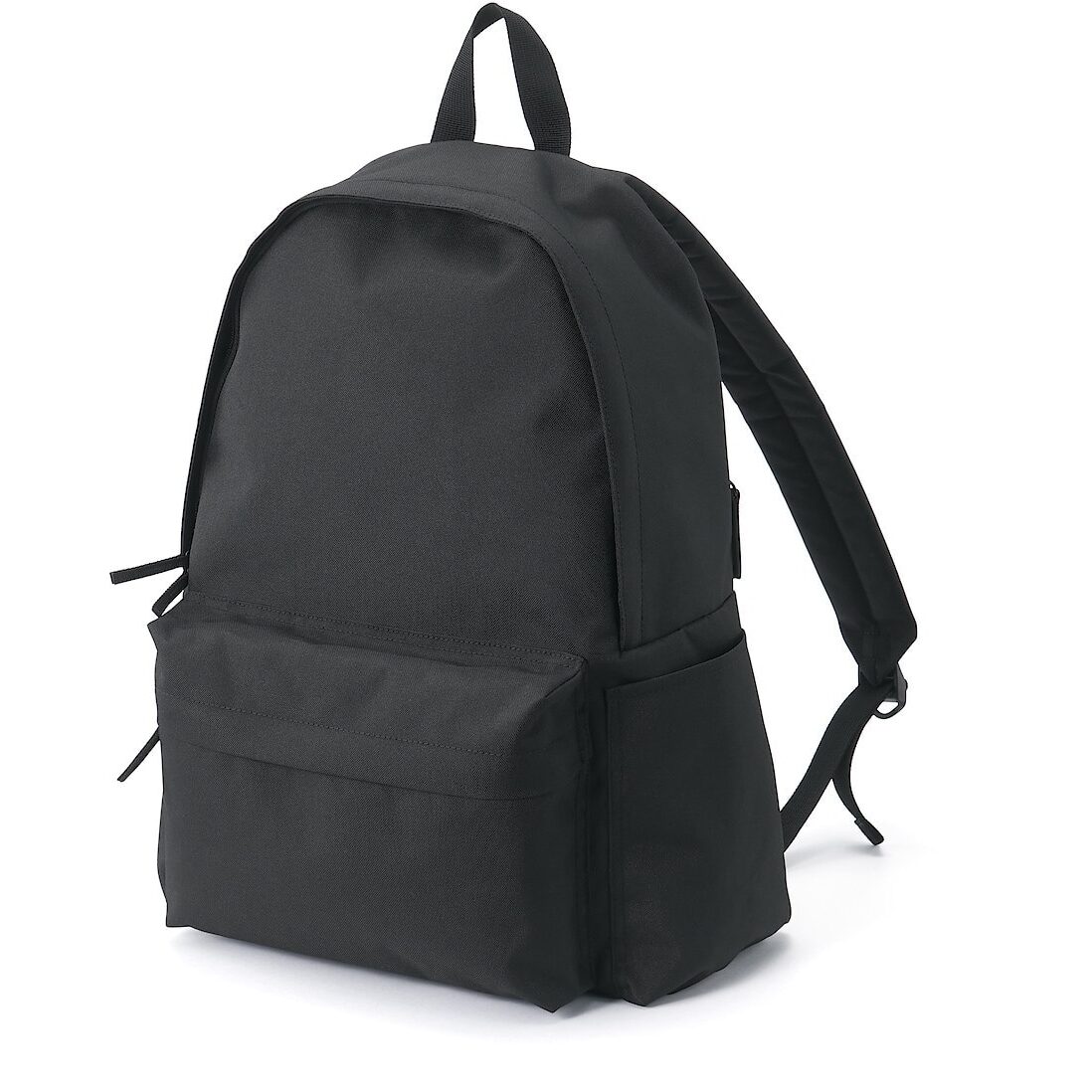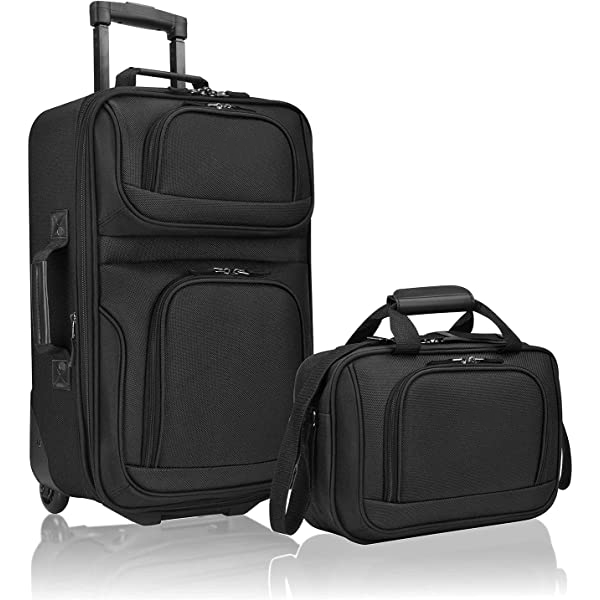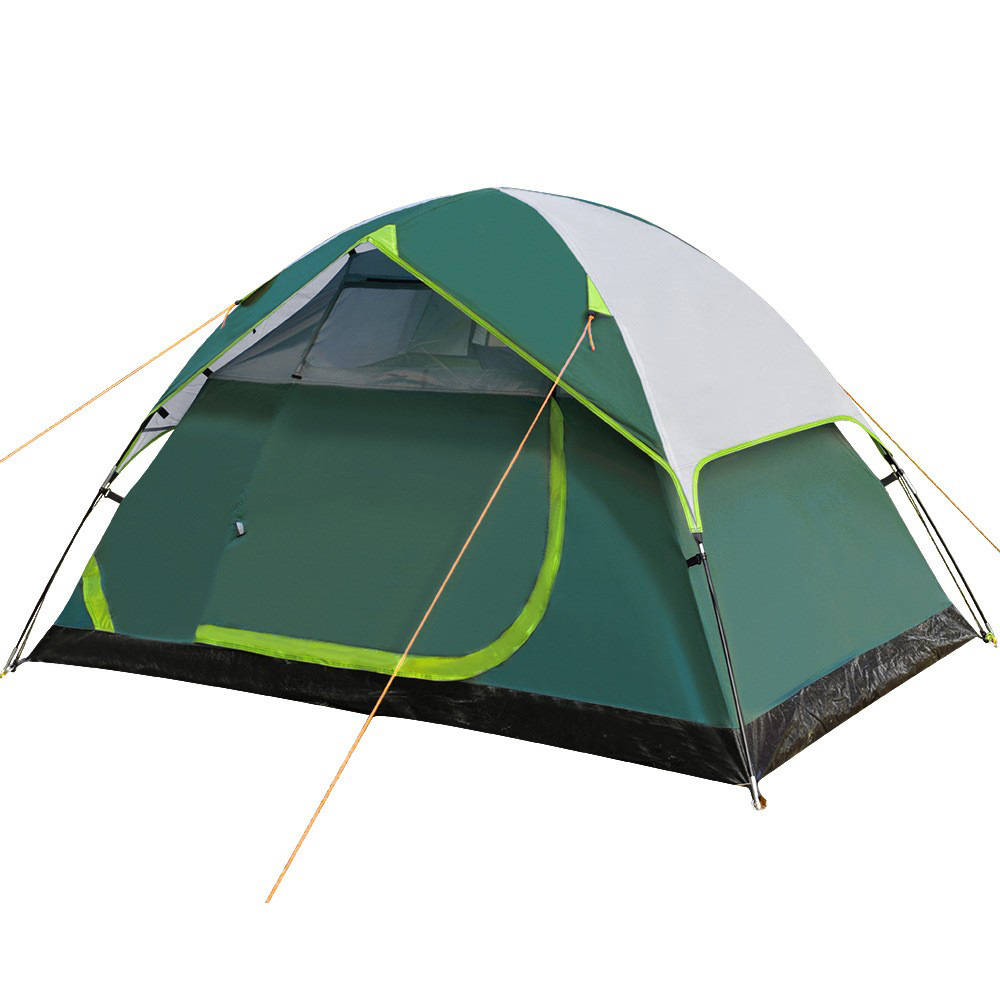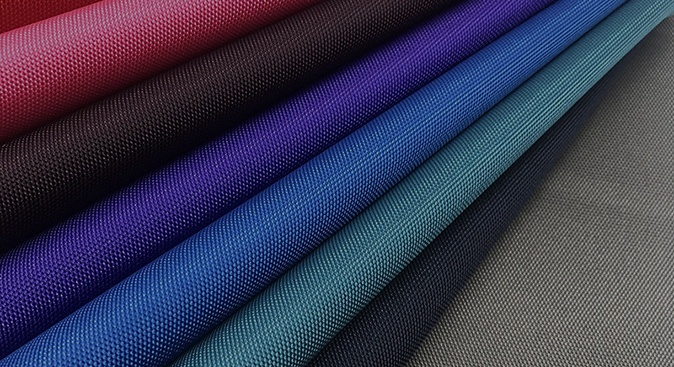
Printed Fabric
Printed fabric refers to textiles that have patterns, designs, or images applied to their surface through a printing process.
This process involves transferring colored dyes, pigments, or inks onto the fabric, creating intricate designs or images.
Printing can be achieved using various techniques, such as screen printing, digital printing, or rotary printing. Printed fabrics offer a wide range of possibilities for expressing creativity and personal style in clothing, home furnishings, and various other textile applications.
The designs can range from simple geometric patterns to elaborate and detailed illustrations, allowing for diverse and customizable options in the world of fashion and interior design.
Table Of Contents For This Page
It is not easy to introduce all aspects of custom wood, so we have prepared a lot of information on this page for you to delve into. To make sure you can find the information you want quickly, we have prepared this content directory that will jump to the corresponding location when you click on it.
General Applications For Printed Fabric
Printed Fabric is a heavy-duty and durable material that is widely used in various applications. Some general applications for this type of fabric include Backpacks, Luggage, Tents, Outdoor furniture, Industrial applications, Automotive applications. Overall, Printed Fabric is an ideal material for applications that require strength, durability, and waterproofing.
General Hot Selling Products
Discover our curated selection of Hot Selling Products — a collection handpicked for their popularity, quality, and customer satisfaction. From bestsellers to trending items, these products have captured the attention of our savvy shoppers. Dive into this dynamic lineup and explore what’s making waves in the world of consumer favorites.

Printed Fabric
- Component:100%Polyester
- Yarn Count: 190T, 210D, 420D
- Weight: 54 gsm to 200 gsm
- Width:150CM
- Printing: Customized
- Coating: PU/ULY/PVC
- Finishing: Waterproof, 1000/3000/5000 mm Water Pressure, Flame-Retardant CPAI-84
- Package: 50m per roll or customized.
Application:Luggage/Tent/Outdoor Goods/Horse Clothing/Raincoat/Backpack/Computer Bag/Beach Chair/Trolley Case

600D Oxford Fabric
- Component:100%Polyester
- Yarn Count: 600*600-72T, 600*600-80T
- Weight: 150 gsm to 240 gsm
- Width:150CM
- Coating: PU/ULY/PVC
- Finishing: Waterproof, 1000/3000/5000 mm Water Pressure, Flame-Retardant CPAI-84
- Package: 50m per roll or customized.
Application:Luggage/Tent/Outdoor Goods/Horse Clothing/Raincoat/Backpack/Computer Bag/Beach Chair/Trolley Case
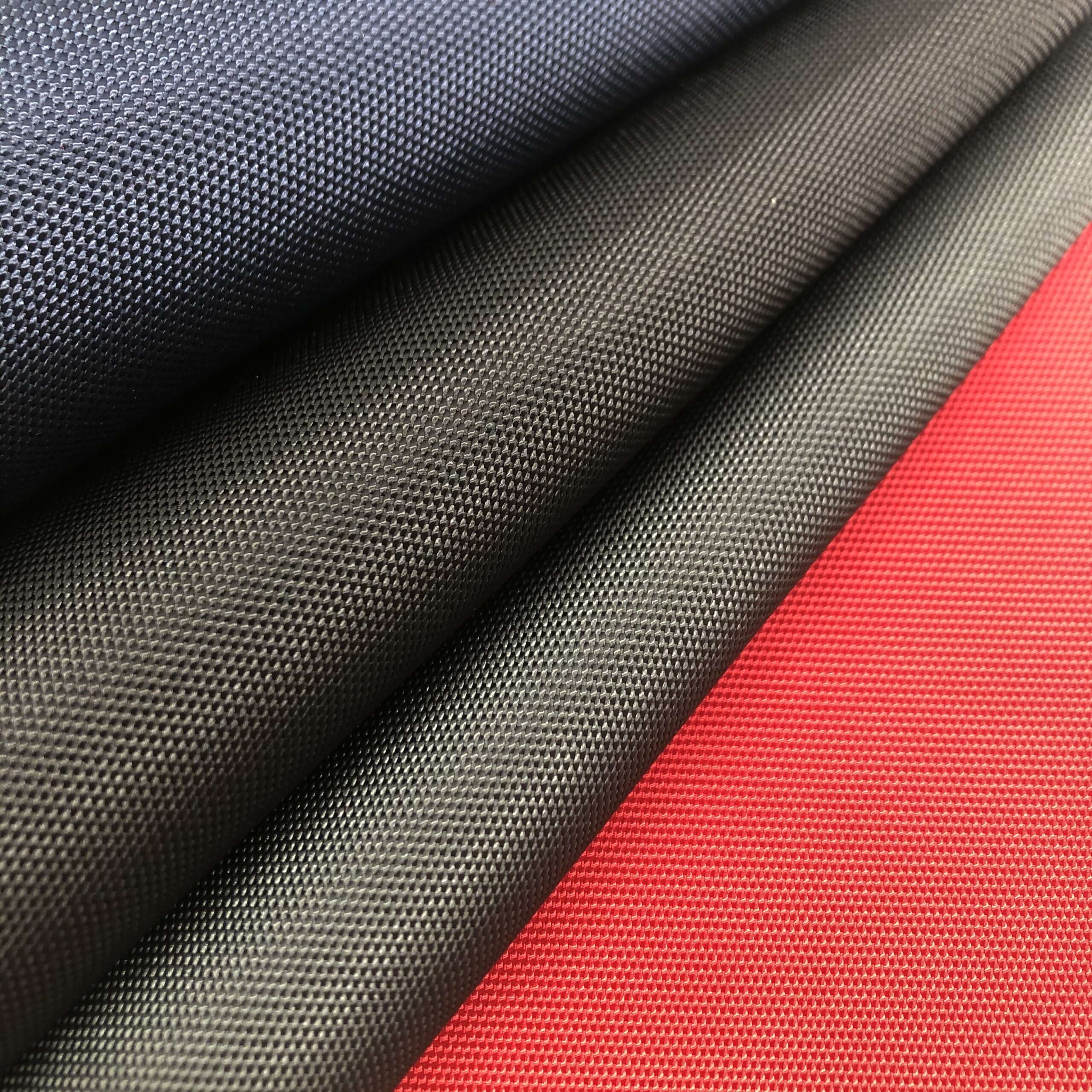
PU Coated Fabric
- Component:100%Polyester
- Yarn Count: 190T, 210D, 300D, 420D, 600D, 900D, 1200D, 1680D
- Weight: 54 gsm to 300 gsm
- Width:150CM
- Coating: PU/ULY/PVC
- Finishing: Waterproof, 1000/3000/5000 mm Water Pressure, Flame-Retardant CPAI-84
- Package: 50m per roll or customized.
Application:Luggage/Tent/Outdoor Goods/Horse Clothing/Raincoat/Backpack/Computer Bag/Beach Chair/Trolley Case

PVC Coated Fabric
- Component:100%Polyester
- Yarn Count: 210D, 300D, 420D, 600D, 900D, 1200D, 1680D
- Weight: 300 gsm to 500 gsm
- Width:150CM
- Coating: PU/ULY/PVC
- Finishing: Waterproof, 1000/3000/5000 mm Water Pressure, Flame-Retardant CPAI-84
- Package: 50m per roll or customized.
Application:Luggage/Tent/Outdoor Goods/Horse Clothing/Raincoat/Backpack/Computer Bag/Beach Chair/Trolley Case

GUCCI Fabric
- Component:100%Polyester
- Yarn Count: 6*6, 7*9, 1000D
- Weight: 290gsm
- Width:150CM
- Coating: PU/ULY/PVC
- Finishing: Waterproof, 1000/3000/5000 mm Water Pressure, Flame-Retardant CPAI-84
- Package: 50m per roll or customized.
Application:Luggage/Tent/Outdoor Goods/Horse Clothing/Raincoat/Backpack/Computer Bag/Beach Chair/Trolley Case

CORD Fabric
- Component:100%Polyester
- Yarn Count: 300*750D, 300*900D
- Weight: 290gsm
- Width:150CM
- Coating: PU/ULY/PVC
- Finishing: Waterproof, 1000/3000/5000 mm Water Pressure, Flame-Retardant CPAI-84
- Package: 50m per roll or customized.
Application:Luggage/Tent/Outdoor Goods/Horse Clothing/Raincoat/Backpack/Computer Bag/Beach Chair/Trolley Case

Jacquard Fabric
- Component:100%Polyester
- Yarn Count: 190T, 210D, 300D, 420D, 600D, 900D, 1200D, 1680D
- Weight: 54 gsm to 500 gsm
- Width:150CM
- Pattern: Customzied.
- Coating: PU/ULY/PVC
- Finishing: Waterproof, 1000/3000/5000 mm Water Pressure, Flame-Retardant CPAI-84
- Package: 50m per roll or customized.
Application:Luggage/Tent/Outdoor Goods/Horse Clothing/Raincoat/Backpack/Computer Bag/Beach Chair/Trolley Case

Snow Fabric/ Cation/Khadi
- Component:100%Polyester
- Yarn Count: 190T, 210D, 300D, 420D, 600D, 900D, 1200D, 1680D
- Weight: 54 gsm to 500 gsm
- Width:150CM
- Pattern: Customzied.
- Coating: PU/ULY/PVC
- Finishing: Waterproof, 1000/3000/5000 mm Water Pressure, Flame-Retardant CPAI-84
- Package: 50m per roll or customized.
Application:Luggage/Tent/Outdoor Goods/Horse Clothing/Raincoat/Backpack/Computer Bag/Beach Chair/Trolley Case

Dobby Fabric/ Rib Check
- Component:100%Polyester
- Yarn Count: 190T, 210D, 300D, 420D, 600D, 900D, 1200D, 1680D
- Weight: 54 gsm to 500 gsm
- Width:150CM
- Pattern: Customzied.
- Coating: PU/ULY/PVC
- Finishing: Waterproof, 1000/3000/5000 mm Water Pressure, Flame-Retardant CPAI-84
- Package: 50m per roll or customized.
Application:Luggage/Tent/Outdoor Goods/Horse Clothing/Raincoat/Backpack/Computer Bag/Beach Chair/Trolley Case
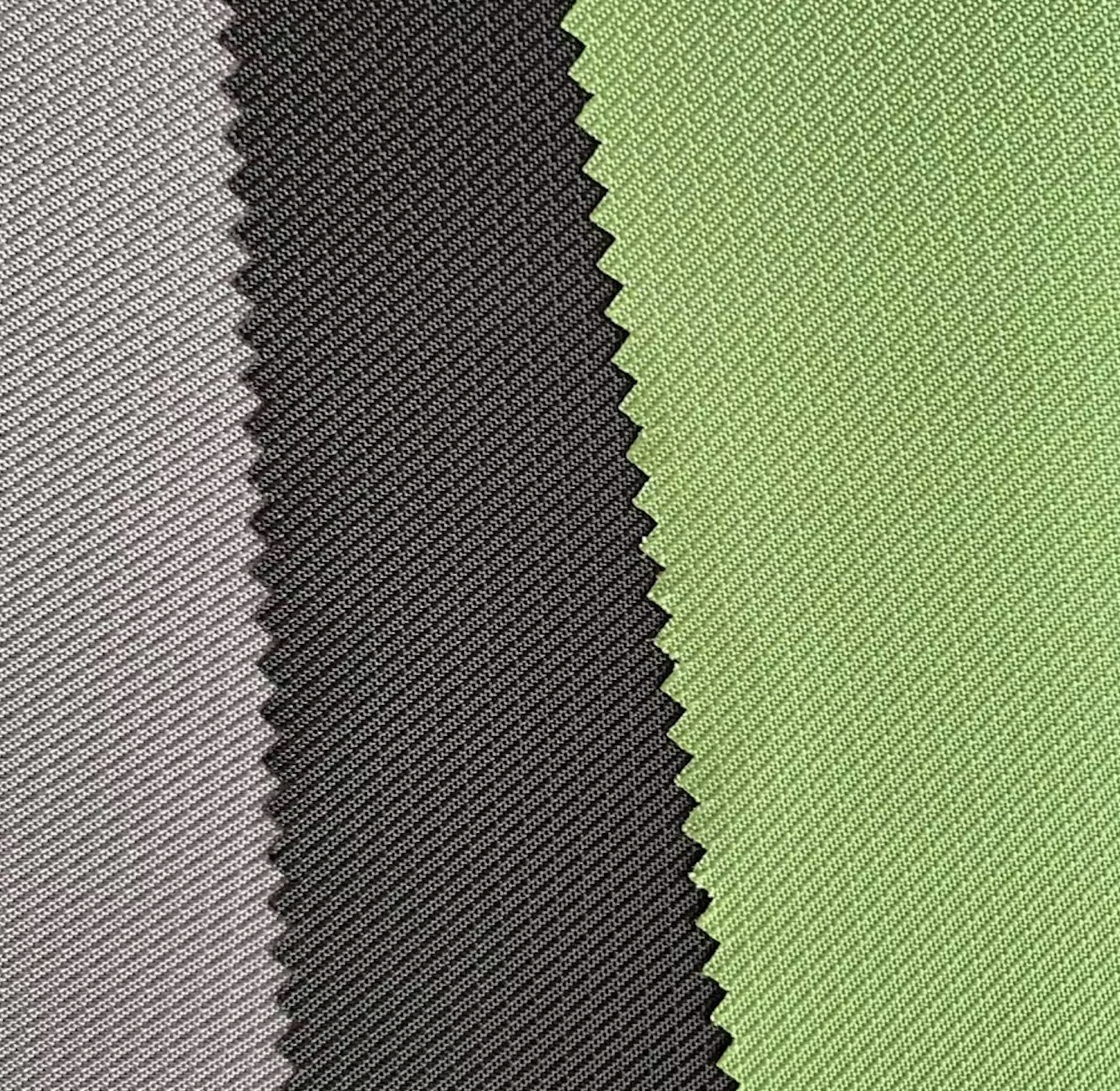
Twill Fabric
- Component:100%Polyester
- Yarn Count: 210D, 300D, 420D, 600D, 900D, 1200D, 1680D
- Weight: 54 gsm to 500 gsm
- Width:150CM
- Pattern: Customzied.
- Coating: PU/ULY/PVC
- Finishing: Waterproof, 1000/3000/5000 mm Water Pressure, Flame-Retardant CPAI-84
- Package: 50m per roll or customized.
Application:Luggage/Tent/Outdoor Goods/Horse Clothing/Raincoat/Backpack/Computer Bag/Beach Chair/Trolley Case
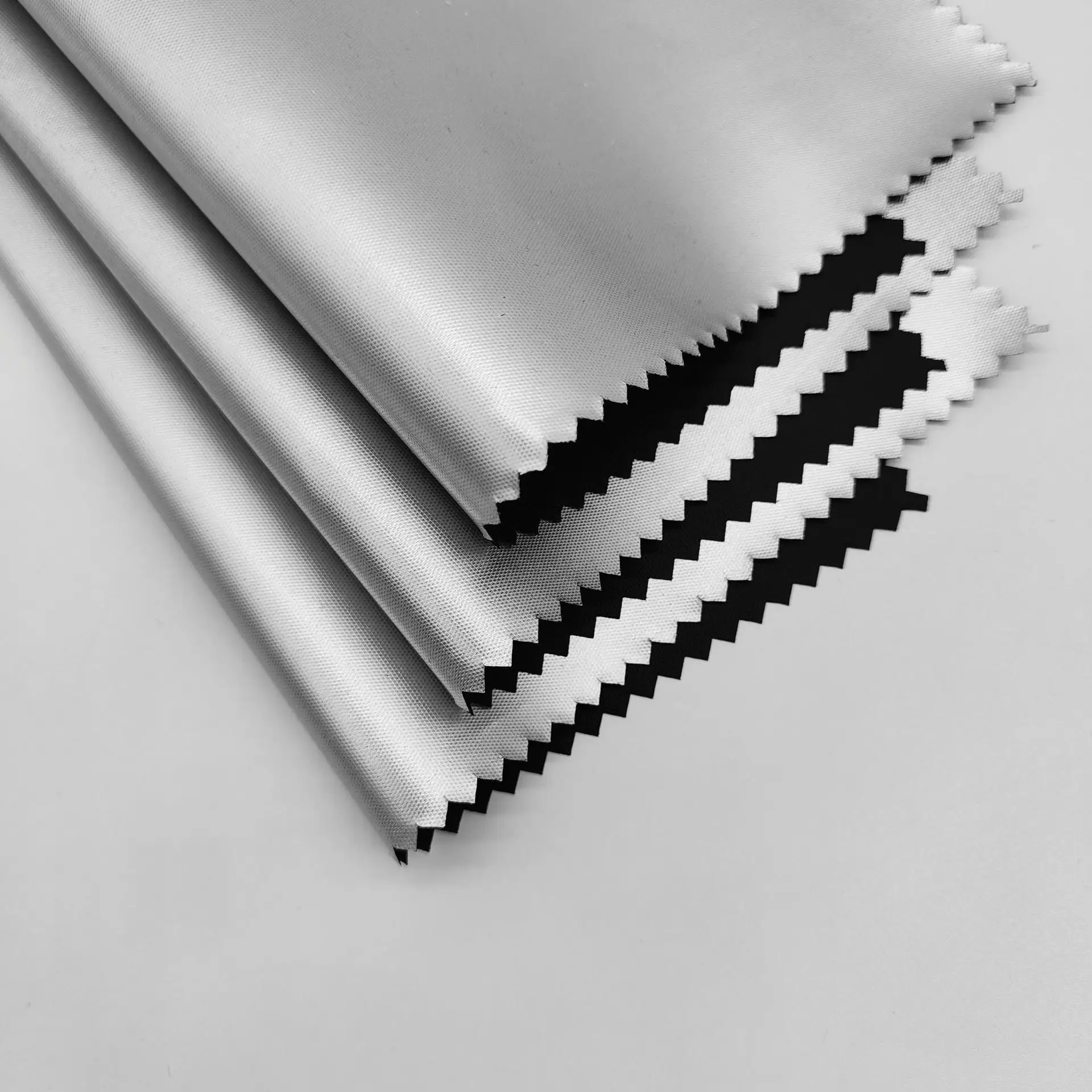
TAFFETA/Lining Fabric
- Component:100%Polyester
- Yarn Count: 190T, 210T
- Weight: 54 gsm to 80gsm
- Width:150CM
- Coating: PU/ULY
- Finishing: Waterproof
- Package: 50m per roll or customized.
Application:Luggage/Tent/Outdoor Goods/Horse Clothing/Raincoat/Backpack/Computer Bag/Beach Chair/Trolley Case

Backpack Fabric
- Component:100%Polyester
- Yarn Count: 190T, 210D, 300D, 420D, 600D, 900D
- Weight: 54 gsm to 300 gsm
- Width:150CM
- Coating: PU/ULY/PVC
- Finishing: Waterproof, 1000/3000/5000 mm Water Pressure, Flame-Retardant CPAI-84
- Package: 50m per roll or customized.
Application:Luggage/Tent/Outdoor Goods/Horse Clothing/Raincoat/Backpack/Computer Bag/Beach Chair/Trolley Case

Luggage Fabric
- Component:100%Polyester
- Yarn Count: 190T, 210D, 300D, 420D, 600D, 900D
- Weight: 54 gsm to 300 gsm
- Width:150CM
- Coating: PU/ULY/PVC
- Finishing: Waterproof, 1000/3000/5000 mm Water Pressure, Flame-Retardant CPAI-84
- Package: 50m per roll or customized.
Application:Luggage/Tent/Outdoor Goods/Horse Clothing/Raincoat/Backpack/Computer Bag/Beach Chair/Trolley Case

Tent Fabric
- Component:100%Polyester
- Yarn Count: 190T, 210D, 420D
- Weight: 54 gsm to 200 gsm
- Width:150CM
- Coating: PU/ULY/PVC
- Finishing: Waterproof, 1000/3000/5000 mm Water Pressure, Flame-Retardant CPAI-84
- Package: 50m per roll or customized.
Application:Luggage/Tent/Outdoor Goods/Horse Clothing/Raincoat/Backpack/Computer Bag/Beach Chair/Trolley Case

Superior Waterproof Performance
Discover the extraordinary waterproof capabilities of our fabrics, setting new standards in safeguarding your investments. With an unrivaled moisture resistance rating of 100%, our fabrics ensure ultimate protection for sun canopies, inflatable boats, and more. Its remarkable waterproof performance is attributed to its advanced composition, featuring a specialized coating that forms an impermeable barrier against water penetration. Compared to conventional materials, our fabrics offer 100% better waterproofing, preserving your belongings even in extreme conditions. Trusted by importers and factory owners worldwide, our fabrics are the epitome of durability and reliability. Invest in our premium fabrics for unmatched waterproof excellence and peace of mind.
Unrivaled Wear Resistance
Our PU coated polyester fabrics are specifically engineered to excel in wear resistance. Extensive testing has proven their exceptional performance, with an average abrasion resistance rating of 5000 cycles based on industry standards. Our fabrics have endured the harshest conditions, including rigorous outdoor adventures and heavy-duty usage, without compromising their strength or integrity. From backpacks to tents, our clients have experienced the longevity and reliability of our products firsthand. Join our satisfied customers in Southeast Asia, Russia, Africa, Mexico, and South America. Contact us now to elevate your production with our unbeatable abrasion-resistant fabrics.


Higher Grade Coating
Our coating’s grade is higher than others.
From the left picture, our fabric’s coating still looks good after scratching, but the others will be white. And our coating won’t be dropped off after being submerged in water for several hours.
It means our coating’s materials are much better, and our technology is more mature than others.
Click now and know more about it.
Oxford Fabric Unveiled
Dive into the heart of textile excellence with ‘Oxford Fabric Unveiled.’ Explore the craftsmanship, versatility, and applications of Oxford fabric in our curated video collection. From production insights to design inspirations, discover the story behind this exceptional textile that defines enduring style and quality.
If you're interested in more about our hot selling, please contact us to get the latest catalog.
The Process Flow & Duration Estimation
Please note that the final cost depends on the customized service you require, the specifications of the raw materials used, the relevant national laws, and the distance of transportation. Take the example of booking a tall container of products:
Step 1: Analyze Your Samples(1-3 days)
Your samples can be sent to us to analyze, we will confirm that
- Fabric: type, weight and desity;
- Coating: type and weight;
- Colors, printing, etc.
The full quotation and lead time will be provided.

Step 2: Sampling (3-7 days)
Making samples as your requests, such as weight, density, coating, colors, etc. The samples will be shipped by express to you directly.

Step 3: Confirm the Order(within 1 day)
After samples are confirmed, we will sign up the contract with you. Normally, the production will be arranged after deposit received.

Step 4: Bulk Manufacturing (20-30 days)
Process: Weaving—Dyeing—Coating—Rolling—Boarding.
The standard production time is around 30 to 40 days, if you have personal requests, please confirm it with us before order confirmed.

Step 5: Inspection and Shipping
Strict inspection will be made during the whole production. Also, the third-part inspection is accepted.
FOB and CIF terms can be provided by us. And the shipping time will be influenced by your country and forwarder company, please confirm it before shipping.
For small business, DDP can be done.
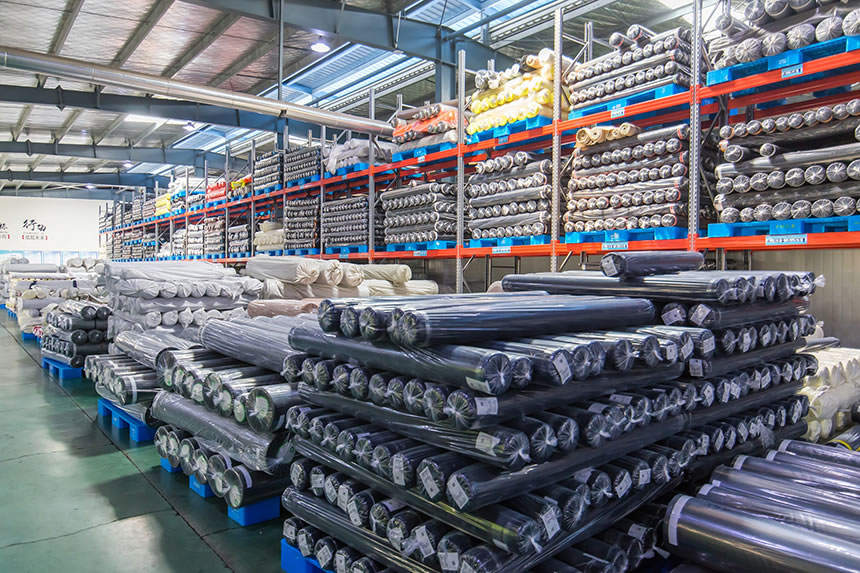
Want to know how to compress lead times?
Brief Self-Nomination, Why Choose Yirun?
Please note that the final cost depends on the customized service you require, the specifications of the raw materials used, the relevant national laws, and the distance of transportation. Take the example of booking a tall container of products:
The advantages of Yirun are that:
- Manufacture Supply
- One shop customized service
- Strict quality control
4. Fast delivery
By choosing Yirun, customers can be confident in the quality of our products, our commitment to customer satisfaction, and our dedication to sustainability.
Production Process
Customize Service
The fabrics can be customized to your requests. Such as the weight and density of fabrics, the weight of PVC, the density of the mesh, etc.
For special applications, different grades of waterproof, UV protection, and tear resistance can be provided.
If you are looking for new fabric, please don’t hesitate to contact us.


Shorter Lead Time
The whole production process is on the left picture.
There is the estimated production time.
Sample: 3-5 days;
Mass production: 20-25 days;
Inspection and shipping: 1-2 days.
The pictures and videos can be provided to help you follow the process during the production.
Strict QC Process
From the material test, the random test to the test of the final product. Strict QC is in every production process.
You can have a clear look at the right picture.
We pay 100% attention to the quality of the fabrics to help you boost the sales and reduce the complaints.

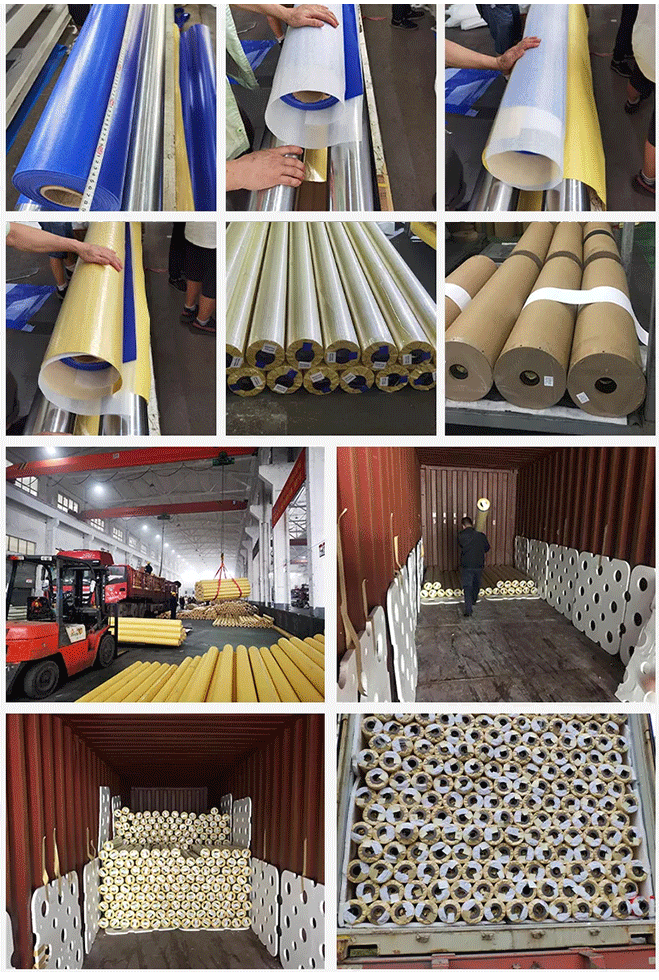
Flexible Shipping Plan
After production, you only need to send the contact of your forwarder to us, and then we will arrange everything for shipping.
If you don’t have one, we will ship the goods by our forwarder.
Small orders and partial shipments are also supported by us.
The FAQs About Printed Fabric
Please note that the final cost depends on the customized service you require, the specifications of the raw materials used, the relevant national laws, and the distance of transportation. Take the example of booking a tall container of products:
Q: What is Printed Fabric?
A: Printed fabric is textile material that has been decorated or patterned with designs, images, or motifs using various printing techniques. This decorative process involves applying colorants or ink to the surface of the fabric in specific patterns or images, creating visually appealing and customized designs. Printed fabric can range from simple patterns to intricate, detailed artwork, making it a versatile choice for various applications, including clothing, home textiles, upholstery, and accessories. The choice of printing method, color selection, and design can significantly impact the final appearance and functionality of the printed fabric, allowing for endless possibilities in the world of textiles and fashion.
Q: Is Printed Fabric waterproof?
A: Whether printed fabric is waterproof or not depends on the specific type of fabric and the printing process used. Printing does not inherently make fabric waterproof. However, some fabrics, like certain types of polyester or nylon, can be treated with waterproof coatings or laminates after printing to make them waterproof or water-resistant. It's essential to check the specifications of the printed fabric and inquire about any additional treatments or coatings applied to determine its level of water resistance. Printed fabric designed for outdoor use, such as raincoats or outdoor furniture, often undergoes waterproofing treatments for added functionality.
Q: What is the composition of Printed Fabric?
A: The composition of printed fabric can vary widely, as it depends on the type of fabric being printed on and the printing technique used. In general, printed fabric is typically made from natural fibers like cotton, silk, or linen, or synthetic fibers like polyester or nylon. The printing process involves applying colored pigments or dyes onto the fabric's surface in a specific pattern or design. These pigments or dyes can be water-based, solvent-based, or sublimation-based, depending on the desired result and the fabric's compatibility. The composition of printed fabric is a combination of the base fabric material and the applied printing inks or dyes, resulting in a wide range of textures and appearances.
Q: What are the key features of Printed Fabric?
A: Printed fabric is characterized by several key features that make it distinctive and appealing. These features include:
Design Variety: Printed fabrics come in a wide range of patterns, colors, and designs, allowing for endless creative possibilities.
Personalization: They can be customized with specific prints or motifs, making them ideal for expressing individual style or branding.
Versatility: Printed fabrics can be used in various applications, from clothing and home décor to accessories and promotional materials.
Aesthetics: The visual appeal of printed fabrics adds uniqueness and visual interest to garments or items.
Cost-Effectiveness: Compared to some intricate weaving or embroidery techniques, printing is often a cost-effective way to achieve intricate designs.
Ease of Reproduction: Printed patterns can be replicated consistently, ensuring uniformity in mass production.
Innovation: Advancements in printing technology have led to high-definition and eco-friendly printing methods, expanding the possibilities for printed fabric.
Q: What are the typical uses of Printed Fabric?
A: Printed fabric finds diverse applications across the textile and fashion industry. Some typical uses include:
Apparel: Printed fabrics are widely used in clothing, including dresses, shirts, blouses, and skirts, allowing designers to create unique patterns and designs.
Home Textiles: Printed fabrics are used for making curtains, drapes, bedding, tablecloths, and upholstery, adding a decorative touch to interior spaces.
Accessories: Scarves, ties, handbags, and hats often feature printed fabrics, offering a stylish and personalized accessory.
Crafts: Crafters use printed fabrics for quilting, sewing projects, and DIY home decor, enabling endless creative possibilities.
Promotional Items: Printed fabrics are used to create branded merchandise, such as promotional banners, flags, and event giveaways.
Fashion Design: Designers use printed fabrics for prototypes and samples to visualize their creations before production.
Special Occasion Wear: Printed fabrics are popular choices for special occasion attire like wedding dresses, evening gowns, and formal suits, adding elegance and uniqueness to outfits.
Q: Can Printed Fabric be used for bags and backpacks?
A: Yes, printed fabric can certainly be used for bags and backpacks. Printed fabrics offer a wide range of design possibilities, allowing manufacturers to create bags and backpacks with unique patterns, images, or branding. These printed designs can add a distinctive and personalized touch to the products, making them more appealing to consumers. However, it's essential to choose a printed fabric that is durable and resistant to wear and fading, especially for items like bags and backpacks that undergo regular use and exposure to various environmental conditions. High-quality printing techniques and appropriate fabric treatments can ensure longevity and visual appeal.
Q: Can the color and pattern of Printed Fabric be customized?
A: Yes, the color and pattern of printed fabric can typically be customized to meet specific design preferences and requirements. Many textile manufacturers offer customization options, allowing customers to choose from a wide range of colors, patterns, and even the possibility of printing custom designs or logos onto the fabric. This customization enables individuals and businesses to create unique and personalized textiles for various applications, including fashion, home decor, and promotional products. Customization not only adds a distinctive touch but also aligns the printed fabric with specific branding or creative visions.
Q: How does Printed Fabric compare to other materials like nylon or polyester?
A: Printed fabric, typically made from materials like cotton, silk, or polyester, serves a different purpose than materials like nylon or polyester. Printed fabric features designs, patterns, or images that are applied through various printing techniques, enhancing aesthetics and style. Nylon and polyester, on the other hand, are known for their durability, moisture-wicking capabilities, and versatility, often used in sportswear and outdoor gear. The choice depends on the intended use; printed fabric is primarily chosen for its visual appeal, while nylon and polyester excel in performance and durability. Each material serves specific needs and preferences in various applications.
The Basic Knowledge About Printed Fabric
Please note that the final cost depends on the customized service you require, the specifications of the raw materials used, the relevant national laws, and the distance of transportation. Take the example of booking a tall container of products:

What Is the Best Material for A Tent in Cold Weather?
In the field of outdoor adventures, the choice of tent material plays a vital role, especially in cold weather conditions. Our factory specializes in producing Oxford cloth in various specifications, a material known for its durability and versatility.
This blog begins with an in-depth exploration of our Oxford cloth product line, illuminating its various specifications, applications and performance characteristics. From lightweight options for backpacking to heavy-duty models for extreme weather, our lineup has something to suit the needs of every outdoor enthusiast.
As you browse this comprehensive guide, you’ll not only discover the importance of choosing the right tent material for cold weather, but you’ll also discover why our factory-made Oxford fabric stands out as our top choice.

What Is the Best Material for A Lightweight Backpack?
Polyester is an ideal material for lightweight backpacks due to its combination of low weight, durability, water resistance, quick drying, cost-effectiveness, easy maintenance, and versatility.The choice between PU (polyurethane) and PVC (polyvinyl chloride) coating for materials, such as fabrics used in backpacks, involves considering various factors. Both coatings offer water resistance and durability.
The article delves into the quest for the ideal material for lightweight backpacks, ultimately highlighting the superiority of polyester Oxford fabric. It explores the fabric’s key attributes, such as its lightweight nature, durability, water resistance, and quick drying.

Can Luggage be Made of Polyester?
Luggage can not only be made of polyester but doing so has become increasingly popular in the luggage manufacturing industry. Polyester, particularly in the form of polyester oxford fabrics, has proven to be an excellent choice for crafting durable, lightweight, and stylish luggage.Polyester oxford fabrics, specifically designed for bags, backpacks, luggage, and other outdoor products, offer a range of advantages that make them well-suited for the demands of modern travel. These fabrics often come with coatings like Polyurethane (PU) or Polyvinyl Chloride (PVC), enhancing their durability and weather resistance.

Can Raincoats be Made of Polyester?
Raincoats can indeed be made of polyester. Polyester is a synthetic fiber that is known for its durability, water-resistant properties, and lightweight nature, making it a popular choice for raincoat manufacturing. Polyester is created through a chemical process involving polymers, and its versatility extends beyond raincoats. It is widely used in various applications, including clothing, home furnishings, and industrial materials. Polyester’s advantages include resistance to wrinkles, quick drying, and color retention, making it a preferred material for outdoor and activewear. Its affordability and ease of care contribute to its widespread use in the textile industry.

Are Backpacks Made of Polyester?
Polyester is a synthetic fabric that is popular for its durability, water resistance, and cost-effectiveness. It is commonly used in the production of various types of bags, including backpacks. Polyester backpacks are known for their lightweight nature and ability to withstand wear and tear, making them a common choice for everyday use, outdoor activities, and travel.
In this blog, we discuss the polyester oxford fabric used in backpack manufacturing. This article highlights the widespread application of polyester in backpack manufacturing, showcasing its relevance and popularity in the industry.

Why is Polyester Good for Backpacks?
Polyester is favored for backpacks due to its durability, water resistance, lightweight nature, color retention, and easy maintenance. Its affordability also makes it a practical choice for both manufacturers and consumers.
In this blog, we discuss polyester oxford fabric used in backpack fabrics. Polyester Oxford fabric is a type of woven textile that combines the durability and strength of polyester with a specific weaving technique known as the Oxford weave.
Contact us to get free Samples and Catalogs.
Jeff Fu- Product Specialist
Email: jeff@ioxfordfabric.com
Phone: +86 15158172046


